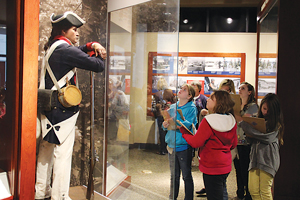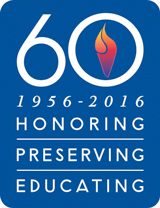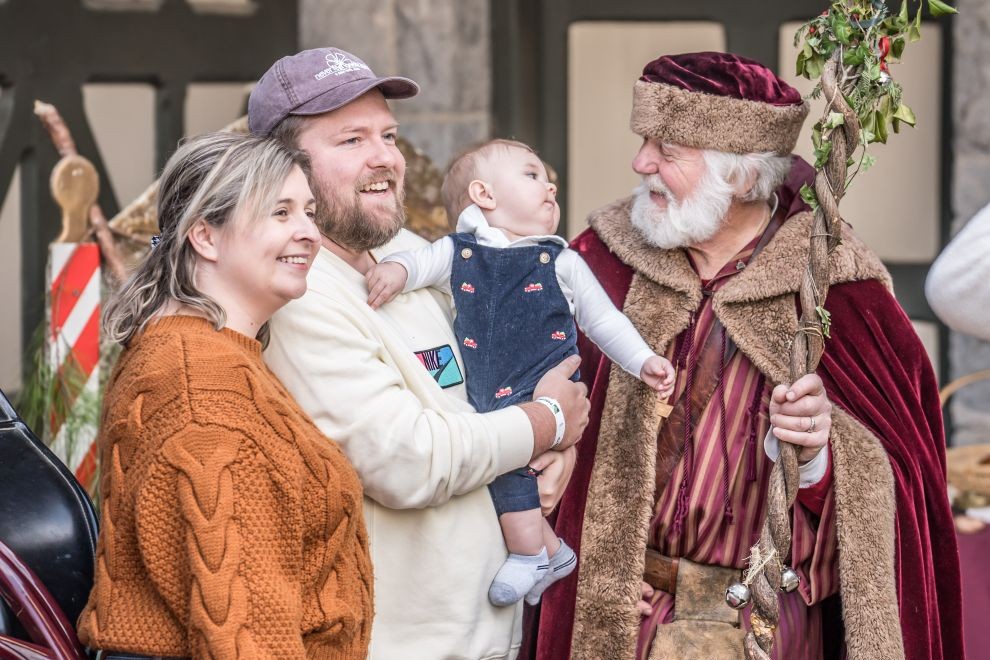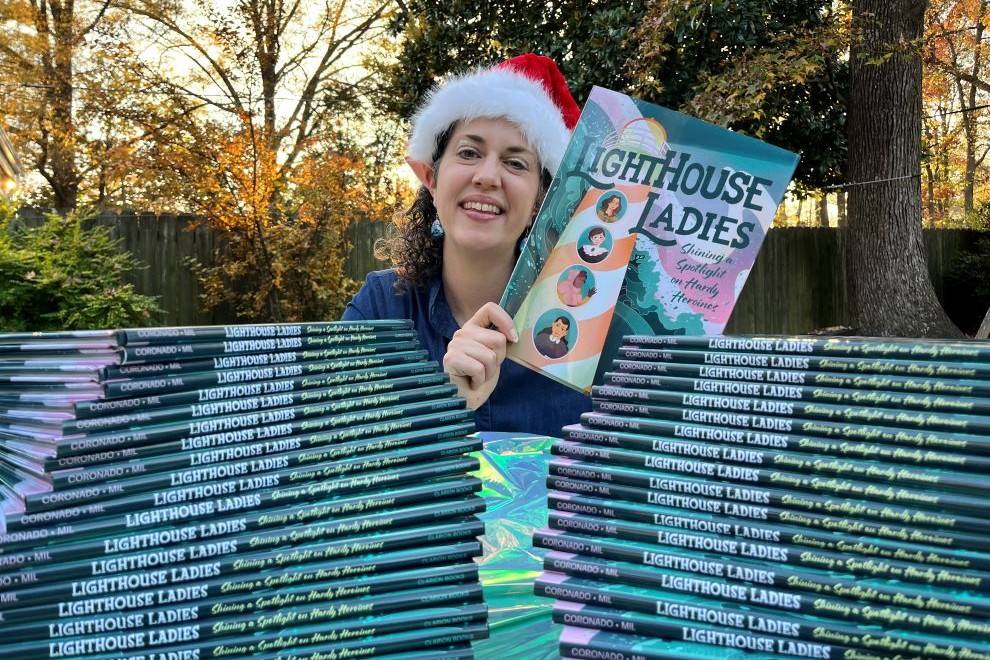Veteran, husband, father, grandfather, and former president of the Virginia Chamber of Commerce, Hugh Keogh graduated from UVA on an ROTC scholarship. Following a 7-year tour with the Navy, he earned his master’s degree in mass communications from VCU on the G.I. Bill. After a decades-long, successful career in economic development, Keogh is pseudo-retired and lives with his wife in Midlothian. He is a board member of the Virginia War Memorial Foundation, a frequent participant in the organization’s student-teacher seminars on Vietnam, and also makes time to serve as emcee for many programs and events at the VWM.

“As a Vietnam veteran, I have deep feelings about the many unsung contributions of Virginia’s veterans over the years. The Virginia War Memorial, a statewide institution situated in downtown Richmond, is a jewel that remembers and honors our veterans and helps to communicate the value of their sacrifices across the Commonwealth,” says Keogh. “I am very pleased to be associated with its mission.”
In 1950, five years after the conclusion of World War II, the Virginia General Assembly authorized the building of a memorial to honor and remember Virginians who made the ultimate sacrifice serving in the Armed Forces. A location was designated: nearly five acres overlooking the James River and the Richmond skyline along U.S. Routes 1 and 301, the primary route from Maine to Florida before Interstate 95.
Before construction began, America entered the Korean War and plans changed to include the heroes of this war along with those from World War II. The Virginia War Memorial opened sixty years ago on February 29, 1956.
The facility consisted of an auditorium, visitor’s center, and the imposing Shrine of Memory, where the names of Virginia’s fallen heroes were engraved on its stone and glass walls. Since then, the names of those who died in Vietnam, the Persian Gulf, and the Global War on Terrorism have been added and total nearly 12,000.
In September 2010, the addition of the 18,000-square-foot Paul and Phyllis Galanti Education Center dramatically increased the size of the VWM. “This important addition meant we could redirect the focus of the facility to honor all Virginia military veterans through educational and patriotic programs,” says Rear Admiral John Hekman, executive director of the Virginia War Memorial Foundation. “Exhibits were designed to pass on stories of service and sacrifice to help achieve the mission of the VWM, that is to honor veterans, preserve history, educate youth, and instill patriotism in all.”
 The Galanti Center was built with a combination of public and private funds and includes historical exhibits, theaters which show the VWM’s award-winning films and documentaries, a research library, meeting rooms, offices, and an outdoor amphitheater with the aforementioned view of the James.
The Galanti Center was built with a combination of public and private funds and includes historical exhibits, theaters which show the VWM’s award-winning films and documentaries, a research library, meeting rooms, offices, and an outdoor amphitheater with the aforementioned view of the James.
Annual visitation to the VWM has increased from 21,000 guests in 2008 to more than 70,000 in 2015. Later this year, construction will begin on a 20,000-square-foot educational wing with additional classrooms, a long-distance learning studio, and more exhibit space. Parking will also be expanded.
In addition to veterans and their families, tourists and the Richmonders who attend annual honorary services at the Memorial, thousands of middle and high school students and their teachers from throughout Virginia come for group tours and to attend the free historical seminars and educational programs. In 2015, the Foundation initiated a special grant program to help schools pay for bus transportation to visit the facility.
“The opportunity to bring students to special programs offered by the Virginia War Memorial is unprecedented in the secondary educational experience,” said Michael S. Bell, a history teacher at Clover Hill High School in Chesterfield County. “Student exposure to eyewitness accounts by U.S. service personnel and policy makers is invaluable to their understanding of the events that impact our nation and the world,” said Bell.
Established in 1999, the Virginia War Memorial Foundation is dedicated to the financial support of the programs and exhibits, documentary films, educational seminars, and additional community outreach of the VWM. While the VWM is a division of the Virginia Department of Veterans Services, state funds are used primarily for the maintenance of the building and grounds and for a limited number of staff positions.
“The Foundation depends on the generosity of individuals, corporations, military and veterans’ organizations, and other foundations and organizations,” says Hekman. “Together, we can see to it that the Virginia War Memorial is a relevant and living memorial today and for enerations to come.”






